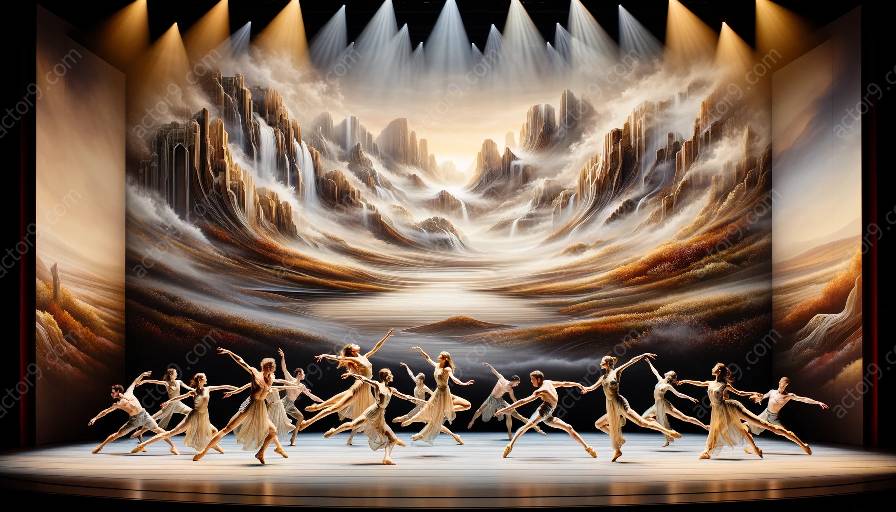Physical theatre choreography is an art form that blends movement, expressions, and storytelling to create immersive and impactful performances. The innovative techniques used in physical theatre choreography push the boundaries of traditional dance and theatre, resulting in groundbreaking experiences for both performers and audiences.
The Intersection of Physical Theatre and Choreography
Physical theatre is a dynamic form of performance that combines elements of dance, mime, and acting to convey narratives and emotions through the physical body. Choreography plays a pivotal role in shaping and structuring the movement vocabulary within physical theatre performances. Innovative techniques in physical theatre choreography often involve unconventional approaches to movement, spatial design, and the integration of multimedia elements.
Key Innovative Techniques
1. Deconstructing Traditional Movement
Modern physical theatre choreographers often explore the deconstruction and recombination of traditional movement forms to create fresh and dynamic choreographic vocabularies. This may involve breaking down classical dance techniques and reconstructing them in non-linear and abstract ways, resulting in innovative and unexpected movement patterns.
2. Immersive Spatial Design
In physical theatre, the stage space becomes an integral part of the performance. Innovative choreographers utilize immersive spatial design to create interactive playgrounds for performers, blurring the lines between the stage and the audience. This can involve unconventional stage configurations, site-specific performances, and the use of environmental elements to enrich the choreographic experience.
3. Integration of Technology
Advancements in technology have opened up exciting possibilities for physical theatre choreography. Choreographers are incorporating interactive projections, augmented reality, and digital soundscapes into their works, transforming the way performers engage with their environments and audiences. The seamless integration of technology adds a multidimensional layer to the choreographic narrative.
4. Collaborative Creation Processes
Collaborative creation processes are becoming increasingly prevalent in physical theatre choreography. Choreographers often work in close collaboration with performers, designers, and multimedia artists to co-create layered and immersive performances. This collaborative approach allows for the fusion of diverse artistic disciplines, resulting in innovative and boundary-pushing choreographic works.
5. Physical Storytelling
Physical theatre choreography goes beyond traditional narrative structures, often prioritizing physical storytelling over verbal communication. Innovative techniques in physical storytelling involve the exploration of unconventional gestures, movements, and expressions to convey complex emotions and thematic content. This approach challenges performers to communicate through their bodies in imaginative and thought-provoking ways.
The Impact of Innovation
By embracing innovative techniques, physical theatre choreography continues to evolve and expand its artistic horizons. These groundbreaking approaches not only redefine the boundaries of traditional choreographic practices but also enhance the overall theatrical experience for both creators and audiences. As the intersection of physical theatre and choreography continues to inspire experimentation and innovation, the future holds endless possibilities for the evolution of this captivating art form.




































